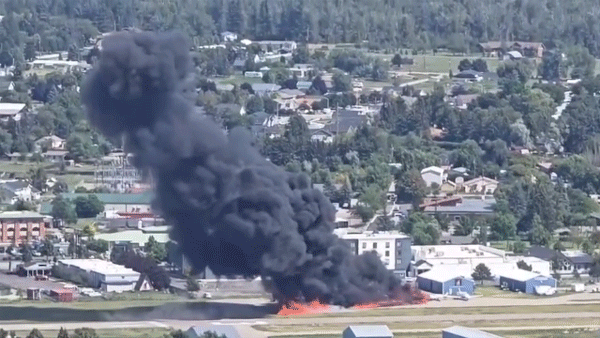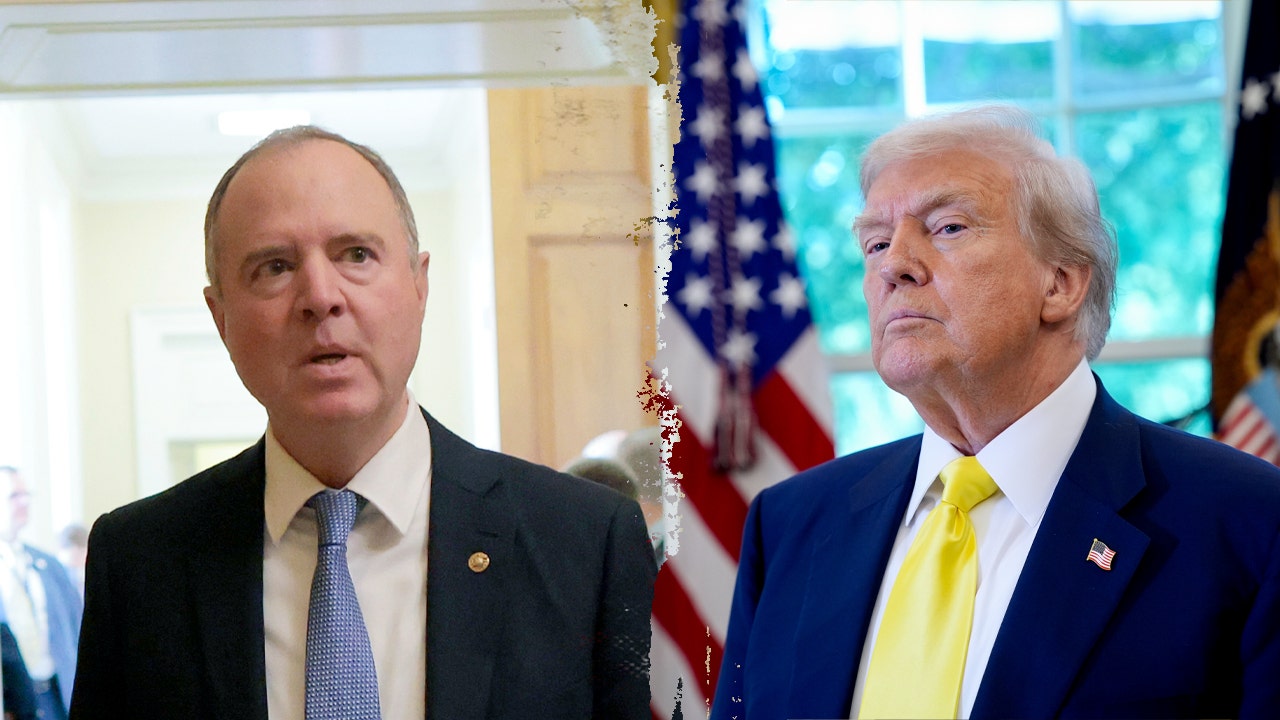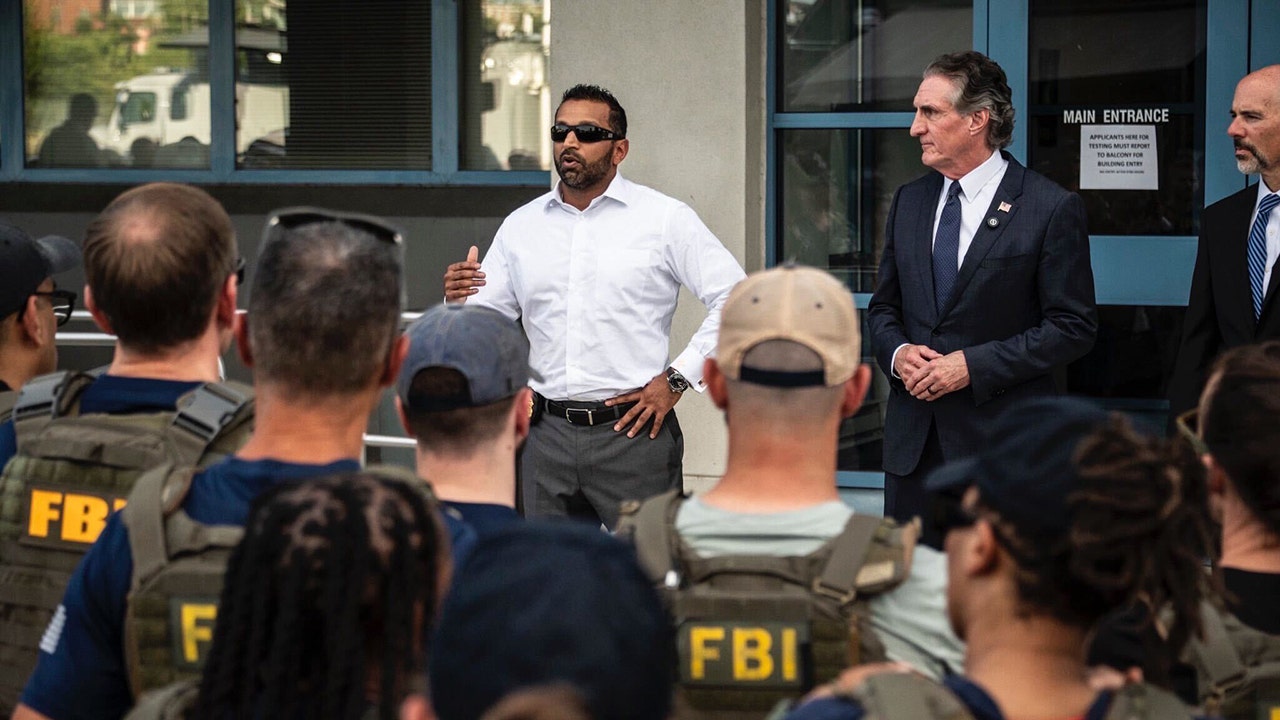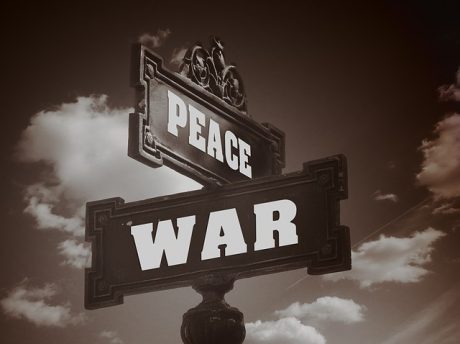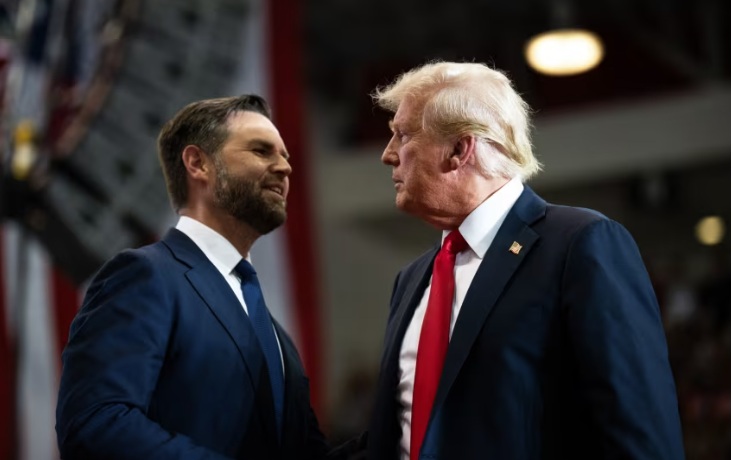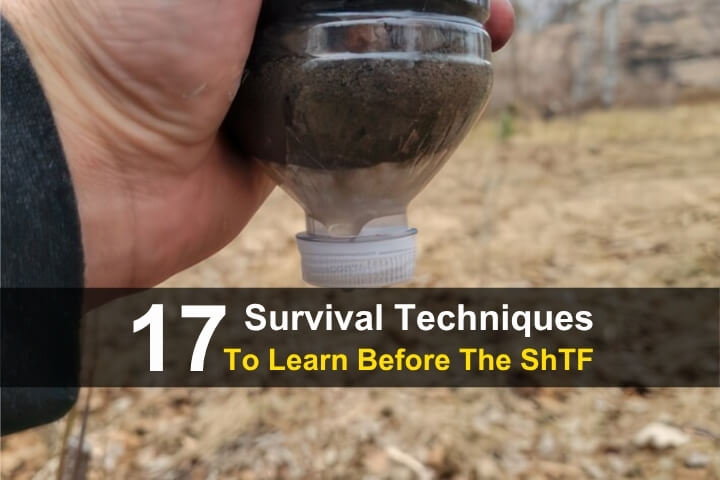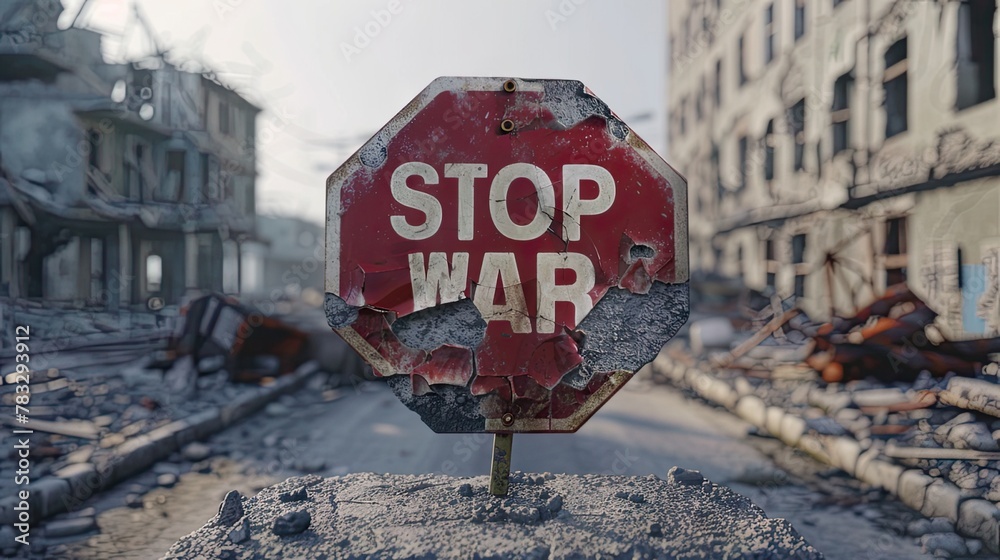This article was originally published by G. Calder at The Exposé.
This week, President Trump confirmed a long-awaited meeting with Russian President Vladimir Putin – one of the most anticipated and controversial of his second term – will take place on 15 August in Alaska. The intended goal is, of course, reported to be an end to the war in Ukraine. But we already know it’s not as simple as that.
Trump has already floated the idea that in a peace deal achieved by his mediation, “there’ll be some swapping of territories to the betterment of both”. Put simply, it sounds like any reduced military presence or security guarantees will come at the price of conceding current land.
However, Ukraine’s most recent president, Volodomyr Zelensky, was quick to push back on Telegram, reiterating that “Ukrainians will not give their land to the occupier” and that any agreement made without Kyiv’s direct involvement would be a “dead solution against peace”. The Kremlin confirmed the summit officially, describing it as a chance to explore a “long-term peaceful resolution to the Ukrainian crisis”.
Why Now?
This will be the first meeting between Trump and Putin since 2019, and the first between a US president and Russia since the escalation of the Russia-Ukraine war. Having already brokered a historic peace treaty between Armenia and Azerbaijan this week, Trump now turns his focus to the big one.
Some have observed the potential strategy behind Trump’s timing, with his administration having recently been under pressure to follow through on earlier threats of tougher sanctions against Moscow. In the past couple of weeks, his deadline for Russia to stop its bombing campaigns has been moved up, and countries have seen additional tariffs for buying Russian oil. And now we are building up to his face-to-face discussions with Russia directly.
Evie Aspinall of the British Foreign Policy Group says that Trump wants to be seen as the man who makes peace possible. He already claims credit for easing tensions between other nations in recent months, and the Alaska summit could cement his position as a global dealmaker, especially following the Biden years when US-Russia relations were at a standstill.
Putin’s motives are different. Militarily speaking, Russia’s incremental gains in Ukraine are now coming at great cost. Agreeing to sit with Trump will make Putin appear open to reasonable discussion, while also buying some time to regroup. It’s also possible that Europe will start to feel pressure, given that Washington is clearly signalling that it’s happy to negotiate without Kyiv at the table – something that may sound alarms in Ukraine and NATO ally camps.
Zelensky, however, looks to be walking a political tightrope. Constitutionally, he cannot concede territory. Surfacing recently is a quiet acknowledgement in some Ukrainian circles that regaining all lost land is extremely unlikely, and now being excluded from the summit risks not only weakening his leverage, but also undermining public morale at home. How hard is he planning to fight for the lost territories? Will he give up any land if it means peace for the rest of the country? Is he even going to be included in the conversation?
What’s Being Discussed?
There isn’t currently a draft deal available, but analysts suggest a framework could look like:
- Security guarantees – including limits on Ukraine’s NATO membership or military expansion
- Territory swaps – possibly giving up some areas for good, in exchange for Russia withdrawing from others
- Economic incentives – aid packages for Ukraine and sanctions relief for Russia
It appears that the Kremlin might be flexible on territory outside its annexed regions, using concessions as a bargaining chip to achieve bigger goals: blocking Ukraine’s NATO bid, reducing its military power, and maybe even influencing its elections.
Trump being able to announce that he got some territory back for Ukraine could be politically powerful, even if Ukraine ends up at a net loss. For Putin, a long-term win would be securing a non-NATO neighbour who returns to being sympathetic to Russian interests.
Possible Outcomes: How This Affects You & Me
- Ceasefire, but no real peace
The best case in the short term is probably a halt to major fighting, which reduces civilian casualties, and slows refugee flows across the continent. This would ease pressure on European economies and help to stabilise global energy markets, especially natural gas
- Conflict on ice
The war could end without any formal peace treaty, like Korea did in the past, which risks leaving unresolved borders and periodic flare-ups. This would avoid immediate escalation but keep sanctions, trade disruptions and high military spending in place, affecting everything from EU inflation to US defence budgets
- No deal
If talks collapse, fighting could intensify, and relations between Washington and Moscow could deteriorate. This would inevitably push up energy prices, keep grain exports unstable, and further drag global markets
- Ukraine on the sidelines
If Kyiv is not consulted on the final deal, it risks losing territory without any guarantees of long-term sovereignty. In this case, European divisions could deepen, NATO unity could be weakened, and other powers may feel emboldened to pursue their own territorial ambitions
For everyday people, these outcomes could have a range of effects: changes in petrol prices, food costs, heating bills, and pension values. Energy traders are already watching the summit closely, with even speculative breakthroughs likely to influence oil and gas prices.
The Bigger Picture
The Alaska summit matters most of all because it’s not just about Ukraine. How the US manages the scenario, whether the President can personally broker a major peace deal with one of the country’s top adversaries, and what compromises will be accepted to finally end the war, will all draw global attention. There may also be deeper questions about how borders can be redrawn by force and legitimised by negotiation, depending on the outcome of the impending talks. If this ends up a net victory for Russia, it will inevitably change how conflicts are resolved in decades to come.
For Trump supporters, the meeting is a sign of bold leadership. The US President is willing to talk directly, cutting through bureaucracy, and focusing on achieving results beneficial to all parties. For critics, though, it’s a risky play that could legitimise gains achieved by aggression and weaken long-standing alliances.
Final Thought
The Trump-Putin Alaska summit could be a major turning point in global politics. It could also be another high-profile photo op. The stakes are undeniably massive: Ukraine’s future sovereignty is on the line, as well as the stability of Europe, and the shape of US-Russia relations for years to come. This could become a defining moment in Trump’s presidency, or a cautionary tale, depending not only on what’s agreed behind closed doors, but who’s even allowed in the room.
Read the full article here
